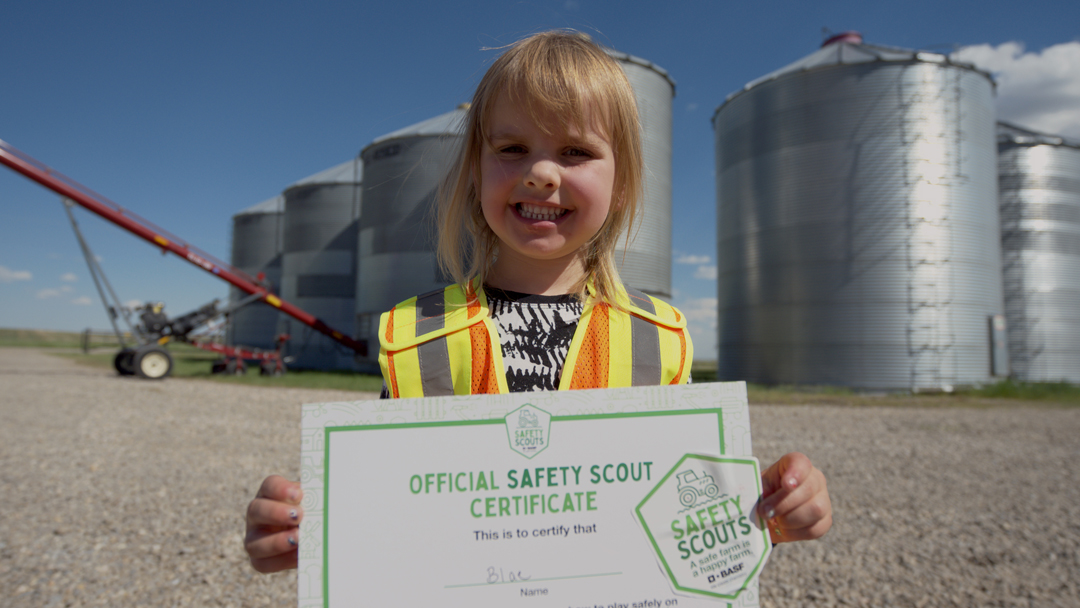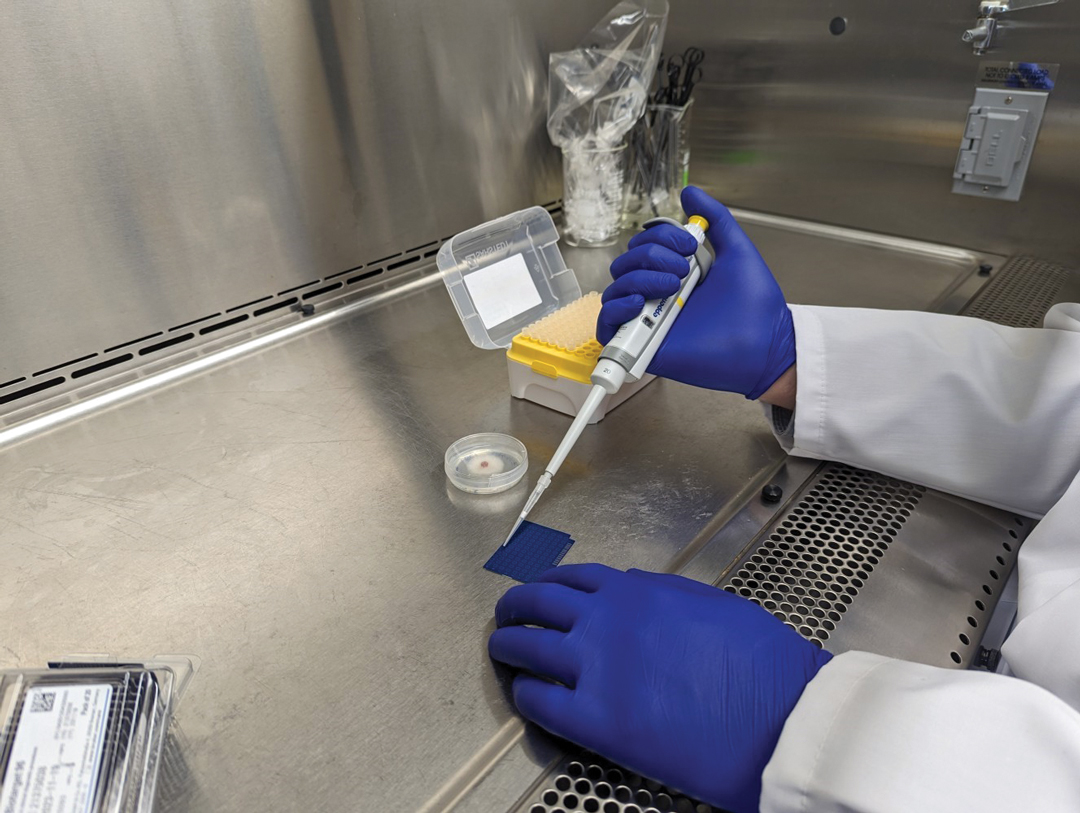PEOPLE 2.0
BY STAN BLADE
The agricultural industry is in the midst of a technology storm. In this column I have written about many amazing ideas and innovations that have changed our industry. Among these have been precision agriculture, artificial intelligence, sensor technology, geomatics, big data, genetic breakthroughs that use biotech tools such as CRISPR, weather prediction and robotics.
I have also participated in agtech-themed panels and webinars. On each of these occasions I have reminded audiences how technology is amazing, but the most valuable resource in our industry is the people.
I remember watching CFL games as a kid. On those broadcasts, Dofasco metal company commercials featured a phrase that stuck with me: “Our product is steel. Our strength is people.” No wonder Marketing magazine declared the company had “one of the most clearly defined corporate images in Canada.”
People are the focus as the agriculture sector experiences an ongoing farm labour shortage. A September 2021 Financial Post article stated, “there’s a global shortage of agricultural workers, from manual labour roles to science and engineering-focused agricultural tech work, and Canada is no different.”
When Marie-Claude Bibeau was re-appointed as Canada’s minister of agriculture she was asked about her top priorities. “Well, the list is long, but I would say the labour shortage is essentially a big, big issue,” she said. Industry is pushing all levels of government to take further action to increase the availability of temporary foreign workers.
The Canadian agriculture and food sector accounts for one in every eight jobs. More than 2.3 million people are employed in the various parts of the agrifood network, the Canadian Agricultural Human Resources Council (CAHRC) reported in 2017. This group of people creates $112 billion in product sales that account for 6.7 per cent of Canada’s GDP. The country’s agrifood exports for 2019-20 hit a new record of $67 billion.
This remarkable output occurs despite a significant labour shortage. In 2017, the Ontario Agricultural College (OAC) surveyed 123 employers. The results indicated there were four job openings available for every OAC graduate. This was an increase from a 2012 survey that counted three job openings per graduate. The numbers are stark. The CAHRC has reported a shortfall of 63,000 positions in primary agriculture. This is predicted to increase to 123,000 by 2029. The Information and Communications Technology Council has reported that existing agrifood and food-tech job positions are projected to grow to 683,000 from the current 634,000 to by 2025.
What is the solution? Former editor of The Globe and Mail and current RBC VP John Stackhouse wrote a 2019 paper entitled: “Farmer 4.0: How the coming skills revolution can transform agriculture.” It outlined options Canada can adopt to address its agrifood labour shortage. Stackhouse concluded for agrifood to realize its full potential, recruitment must be paired with the adoption of new skills. He declared we need a Canada-wide agrifood skills strategy that is focused on the recruitment of great people. His report includes a number of practical suggestions. 1) Develop a bold campaign to recruit new workers. The Alberta forestry sector, for instance, has had significant success by sending young, skilled people to visit high schools to talk about the range of exciting careers in the industry. 2) Increase the emphasis on work-integrated learning. An example here is the Faculty of Agricultural, Life and Environmental Sciences (ALES) at the University of Alberta, in which every student has the opportunity to participate in an industry-focused experience to build networks and enhance career success. 3) Learn from the success of other countries in tying together industry research, undergraduate and graduate training and career mentorship.
People make the difference. Our industry needs a strategy to recruit and retain its best and brightest. This subject is something I think about every day as dean of more than 1,800 undergraduates and more than 550 graduate students in the ALES program.
Ensuring we have great people in our sector is a perfect topic for what will be my final GrainsWest column. I have had the privilege of writing it since 2014, but it is always good practice to make way for new, talented people. I would like to thank the Alberta Wheat and Barley commissions, GrainsWest editor Ian Doig, past editor Trevor Bacque and From Lab to Field readers for their kind comments and thoughtful suggestions over the years.
Ours is a changing industry, and I cannot wait to see where we will go next.
Stan Blade, PhD, is dean of the Faculty of Agriculture, Life and Environmental Sciences at the University of Alberta.







Comments